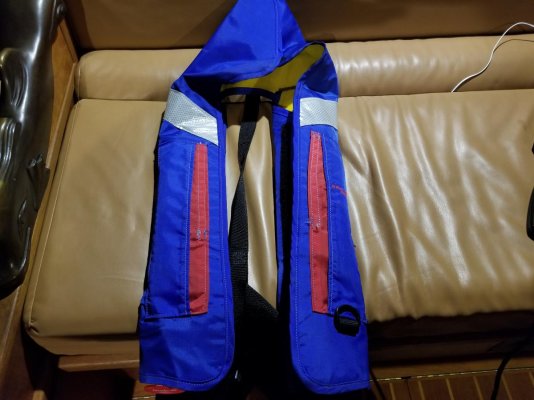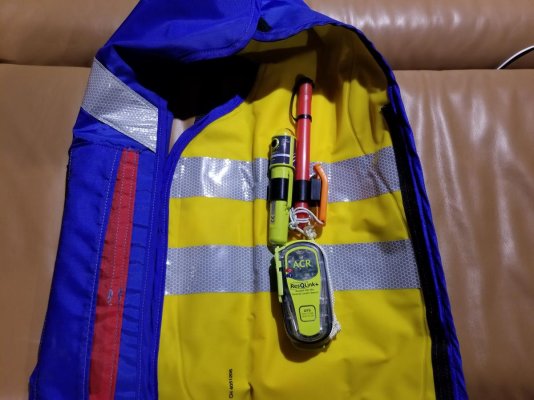I think for any remote or offshore use, an AIS MOB beacon would be far more useful.
This one is the one to get.
A PLB will alert international authorities after 10 - 15 minutes. They will then make phone calls to see if it is a false alarm (as 99% are), then attempt to alert local SAR organizations. Far from land or civilization, this could take hours or days. You may have sailed for 3 hours before you even know the guy is overboard. Perhaps they figure out how to get a message to you with the most recent position. Your MOB is in Davy Jones by then.
An AIS MOB beacon will begin transmitting an AIS emergency DSC signal, which will immediately alarm your VHF. The location will show up on your chart plotter with a continuous current position. All this happens immediately. You can return to the MOB following your chartplotter and pick them up. Even in near coastal waters this is better, since you or another nearby boat are in the best position to extract the MOB.
I've got all three on the sailboat, EPIRB, PLB, AIS MOB. In my opinion, EPRIB in case the boat sinks, AIS MOB carried by anyone on watch, especially at night or in weather. In the ocean, a PLB helps you find the body, that is all.


